In the pursuit of sustainable development, few priorities are as intertwined and essential as the environment health and safety.
Together, they form backbone of responsible business practices, ensuring the well-being of workers and preservation of planet for future generations.
In this blog, we explore the critical intersection of EHS, and the pivotal role they play in fostering resilient and sustainable economy.
The Nexus of Environment, Health, and Safety
At the heart of sustainable business lies the recognition that environmental conservation, health, and safety are deeply interconnected.
A healthy environment is fundamental for human health and well-being. While ensuring safe and healthy working conditions is essential for protecting workers and preventing harm to the environment.
By integrating environmental sustainability with health and safety practices, businesses can achieve triple bottom line of people, planet, and profit.
Environmental Stewardship: A Responsibility Shared
Environmental stewardship is a shared responsibility that extends beyond the boundaries of individual businesses.
From reducing carbon emissions to minimizing waste and pollution, companies play a crucial role in mitigating their environmental impact. It also plays a vital role in preserving natural resources.
By embracing sustainable practices such as renewable energy adoption, waste reduction, and ecosystem restoration, businesses can contribute to global efforts to combat climate change and biodiversity loss while safeguarding the environment for future generations.
Occupational Health: Protecting Workers, Preserving Productivity
Occupational health is paramount for ensuring the well-being and productivity of workers.
Exposure to hazardous substances, unsafe working conditions, and inadequate health and safety protocols can have profound consequences for employee health and morale.
By prioritizing health initiatives, businesses can create a culture of safety and well-being that enhances employee satisfaction, retention, and productivity. Such initiatives includes but not limited to workplace safety training, ergonomic assessments, and mental health support
Safety First: Building a Culture of Prevention
Safety is non-negotiable in any workplace environment, whether it be a factory floor, construction site, or office building.
Implementing robust safety protocols, conducting regular risk assessments, and providing adequate PPE are essential for preventing accidents, injuries, and fatalities.
By fostering a culture of safety that empowers employees to identify and mitigate hazards proactively.
Businesses can minimize the human and financial costs associated with workplace incidents while promoting a culture of care and accountability.
Acronym or Abbreviations related to Environment Health and Safety
| Acronym | Short Name |
| Occupational health and safety | OHS |
| Quality, health, safety, and environment | QHSE |
| Safety, health and environment | SHE |
| Health, safety and environment | HSE |
| Environment, health and safety | EHS |
| Health, safety, security and environment | HSSE |
| Quality, health, safety, security, and environment | QHSSE |
| Work health and safety | WHS |
| Health, safety, security, environment, and quality | HSSEQ |
| Health, safety, environment and quality | HSEQ |
Conclusion: Towards a Sustainable Future
As businesses navigate the complexities of the modern economy, the imperative of integrating EHS into their operations has never been clearer.
By embracing sustainable practices, prioritizing worker well-being, and safeguarding the environment, businesses can not only enhance their bottom line but also contribute to a more equitable, resilient, and sustainable future for all.
Let us seize this opportunity to build a world where people, planet, and prosperity thrive in harmony, today and for generations to come.

